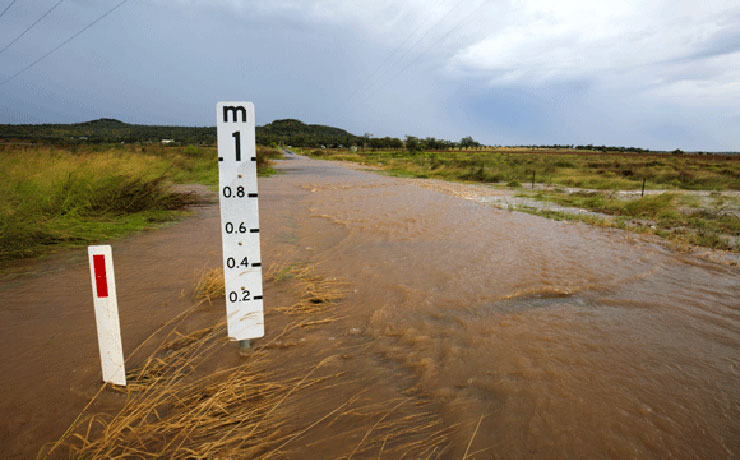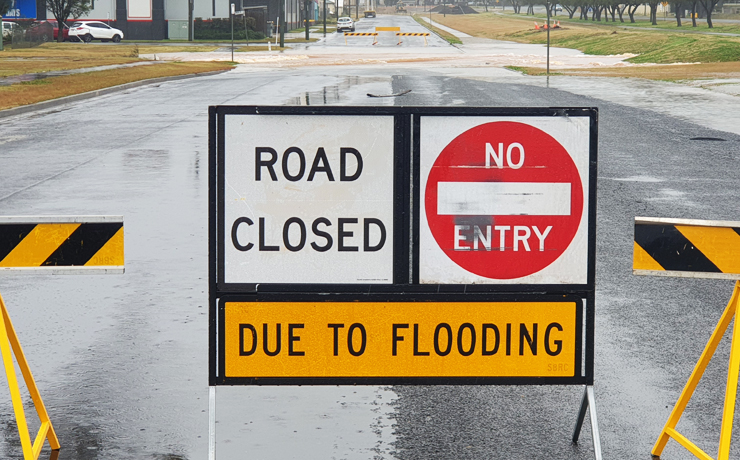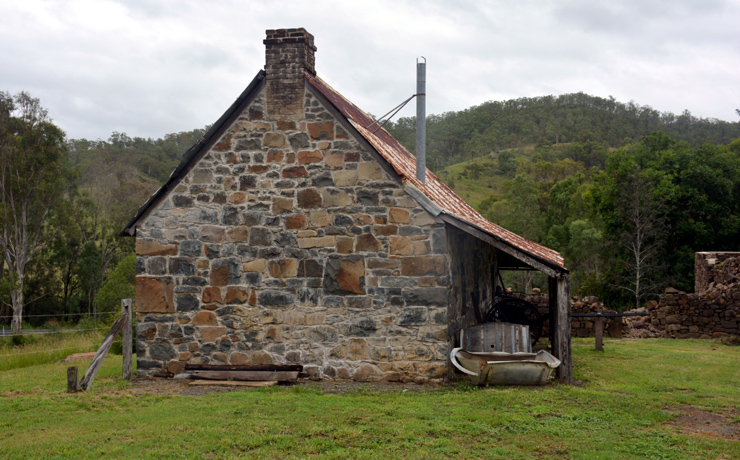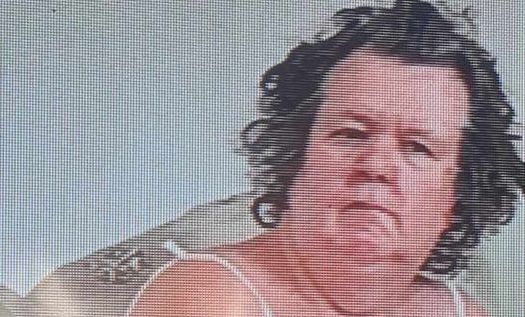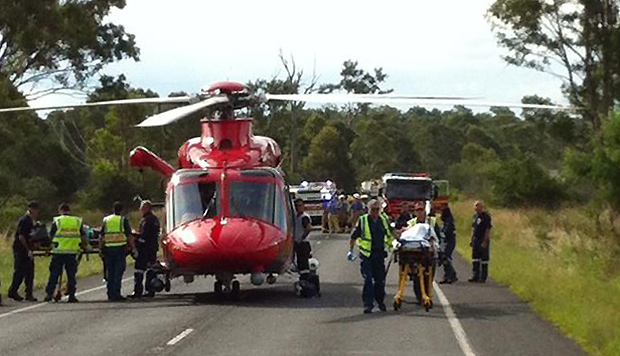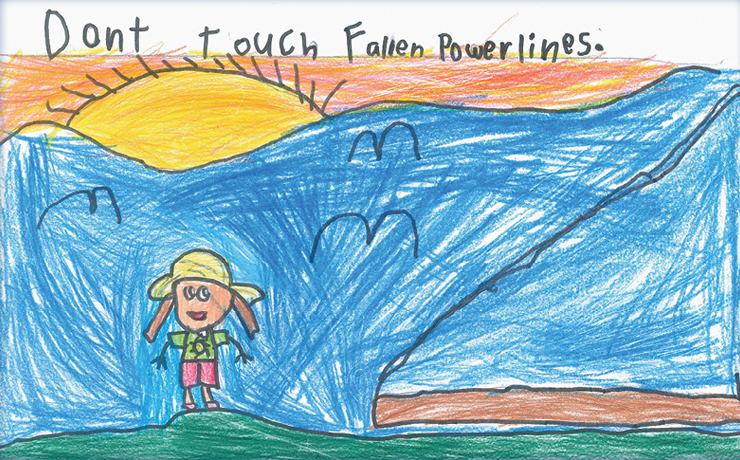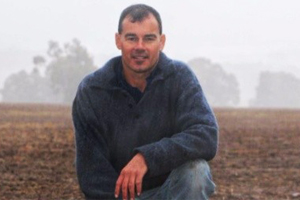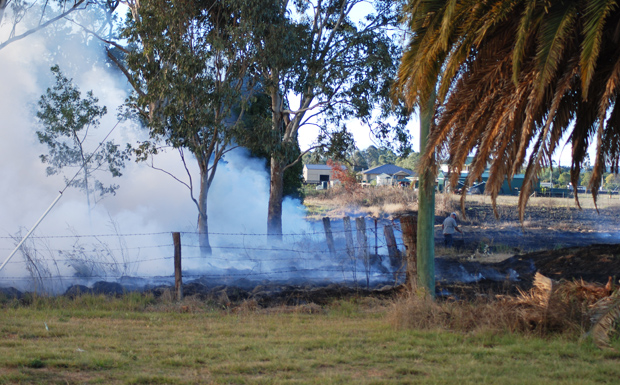
August 10, 2015
The Rural Fire Service Queensland has reminded landowners who plan to conduct hazard reduction burns on their properties to seek advice from their local Fire Warden and obtain a permit to burn before they start.
RFSQ North Coast Regional Manager Peter Hollier said the Permit to Light a Fire system was in place to ensure hazard reduction burns were conducted when conditions were most suitable.
“I encourage landholders to contribute to reducing fire risk across their local area by ensuring their burn activities are appropriately managed and that emergency services are notified when a burn takes place,” Mr Hollier said.
“Permits are required at all times for a fire that is bigger than two metres in any direction. They are free and can be obtained from your local Fire Warden.
“They come with clear guidelines on when you can light the fire and what precautions need to be taken, including informing neighbours of planned burns. This also reduces the likelihood of unnecessary calls to emergency services.”
Mr Hollier said tough penalties applied to people who lit fires without a permit.
“Most landowners follow the guidelines but some forget to inform the RFSQ before they start their hazard reduction burn, which can pose a problem,” he said.
Mr Hollier urged landowners to complete a fire management plan and submit it to their local Rural Fire Brigade, RFSQ area office or Fire Warden.
“The property management plan should detail the radio communications available in the area, firefighting resources on hand, bores or water-fill points on the property, and personnel who will be on hand during the fire season,” he said.
“The plan also requires a risk assessment of the property, including what areas and assets that must be protected in the event of a fire, and the hazard reduction and fire breaks put in place.
“It is also important to include the fire history of the property, including problem areas, lightning strike locations, illegal ignition prone areas, and previous year’s wildfires.
“Remember: if you own the fuel, you own the fire.”
- External link: Fire Warden Finder tool












